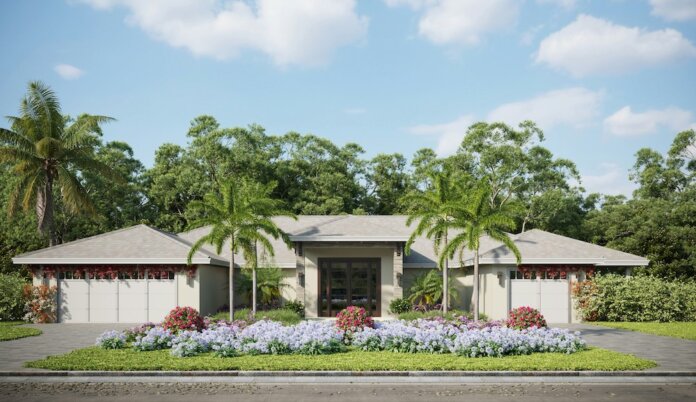About 46.2% of mortgaged residential properties in the U.S. were considered equity-rich in the first quarter, meaning the combined estimated amount of loan balances secured by those properties was no more than half of their estimated market value, according to ATTOM.
That’s down from 47.7% in the fourth quarter of 2024.
Despite the dip, the rate is nearly double what it was in the first quarter of 2020.
According to the firm’s first quarter 2025 U.S. Home Equity & Underwater Report, the percent of seriously underwater homes nationwide — those where the combined estimated balance of loans secured by the property is at least 25% more than the property’s estimated market value — increased to 2.8% in the first quarter, up from 2.5% in the fourth quarter.
“Home equity rates are near their highest points in recent years and the dip we’ve seen early this year in the proportion of equity-rich homes shouldn’t cause too much concern,” says Rob Barber, CEO for ATTOM, in the report. “In each of the two previous years, the first quarter marked the lowest point of the year before the proportion of equity-rich homes shot back up in the second quarter.”
The drop in the proportion of equity-rich homes was spread across most of the country. The rate fell in 47 states and the District of Columbia between the fourth quarter of 2024 and the first quarter of 2025.
However, it was still up in 33 states and D.C. compared to the same time last year, a reminder that this dip comes amid a historically strong housing market.
States with the largest annual increase in the proportion of equity rich homes included Connecticut (up from 42.2% in the first quarter of 2024 to 48% in the first quarter of 2025), New York (up from 49.1 to 54.1%). New Jersey (up from 47.1% to 52.1%), Rhode Island (up from 55% to 59.8%), and Kentucky (up from 28.7% to 33.3%).
States with the biggest annual decreases in equity-rich homes were Florida (down from 54.4% in the first quarter of 2024 to 49.3% in the first quarter of 2025), Utah (down from 54% to 50.7%), Arizona (down from 52.9% to 49.8%), Washington (down from 54.2 to 51.3%), and Colorado (down from 48.4 to 45.8%).
Photo: Brian Zajac











